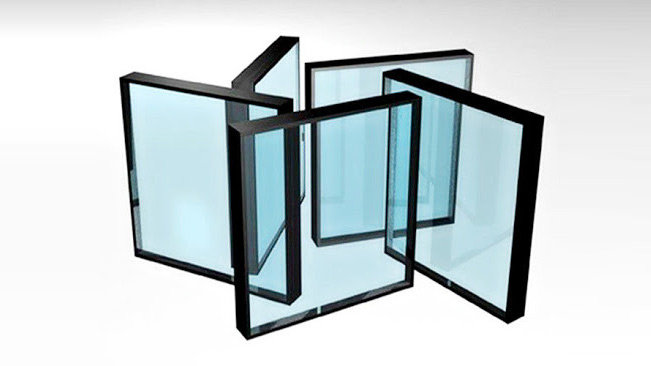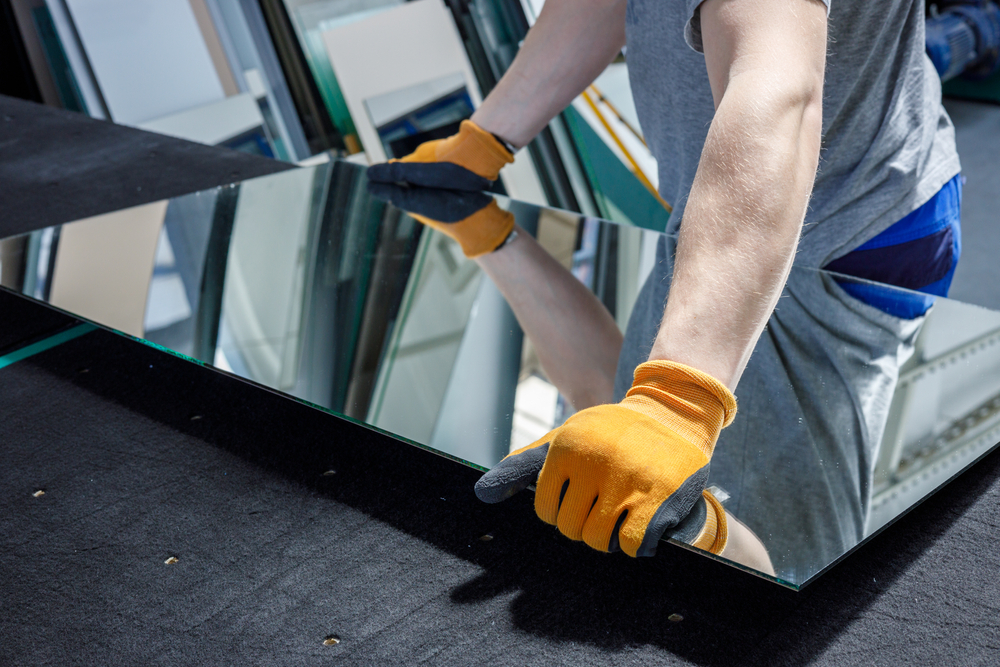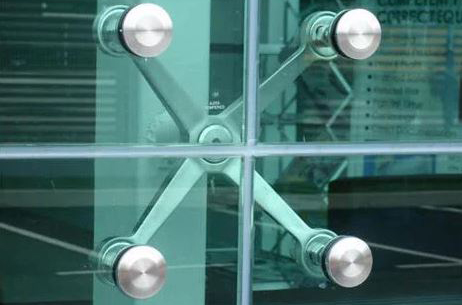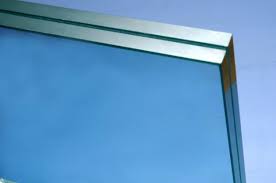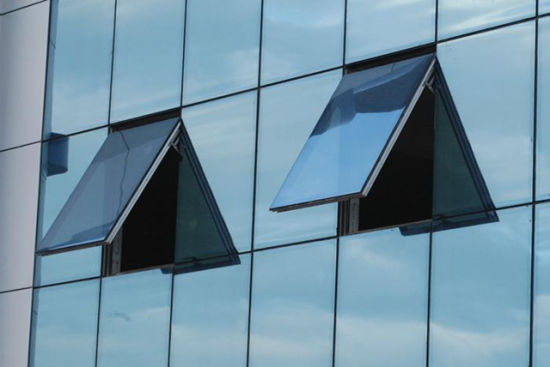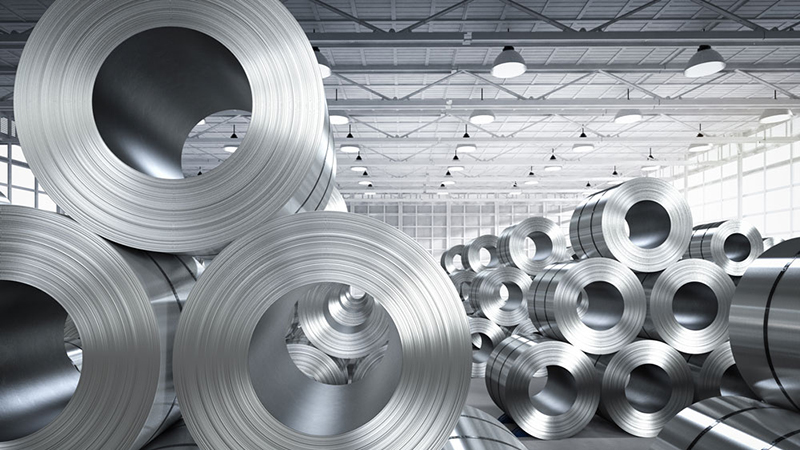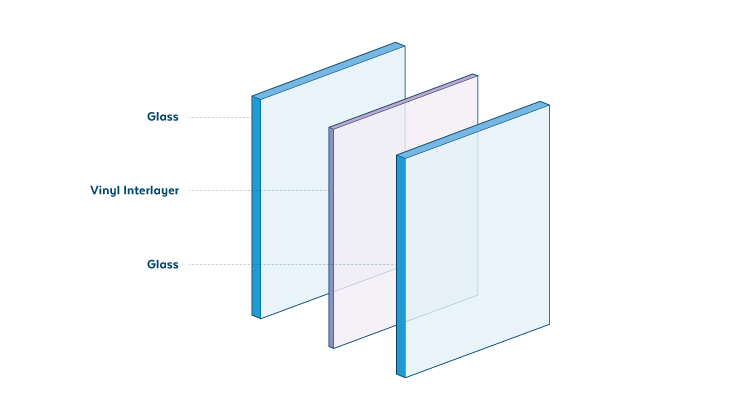Low emission glass or low-E glass makes homes and buildings more comfortable and energy efficient by minimising the amount of infrared and ultraviolet rays that comes through your window glass without reducing the amount of light that comes through the glass window.
Types of Low-E Glass
Solar Control Low-E Coating : It blocks solar radiation to reduce the cooling costs. Higher-performing glasses are applied or produced by a magnetron sputtered vacuum deposition (or MSVD) It is also called as Soft Coat process.
Passive Low-E Coating : The passive Low-E coatings are manufactured using the pyrolytic process. It is designed for Southern region Countries to allow only minimal amount of solar heat to enter a room. It is also called as Hard Coat Process
There are several methods to calculate the efficiency of a Low-e glass
- Solar Heat Gain Coefficient (SHGC)
- U-Value
- Light to Solar Gain
- Visible Light Transmission
Benefits of Energy Efficient Glass
- Low infrared heat gain/transfer
- High natural visible light transmittance
- Needs less artificial lighting
- Reduction of long-wave heat gain and loss
- Increased comfort / productivity
Different types of Non-Low-E Glass
- Tinted Glass
- Reflective Glass
- Anti-Reflective Glass
- Shower Glass
For more advice about energy efficient windows and other glazing improvements, get in touch with our specialists at +971 6 748 4004
